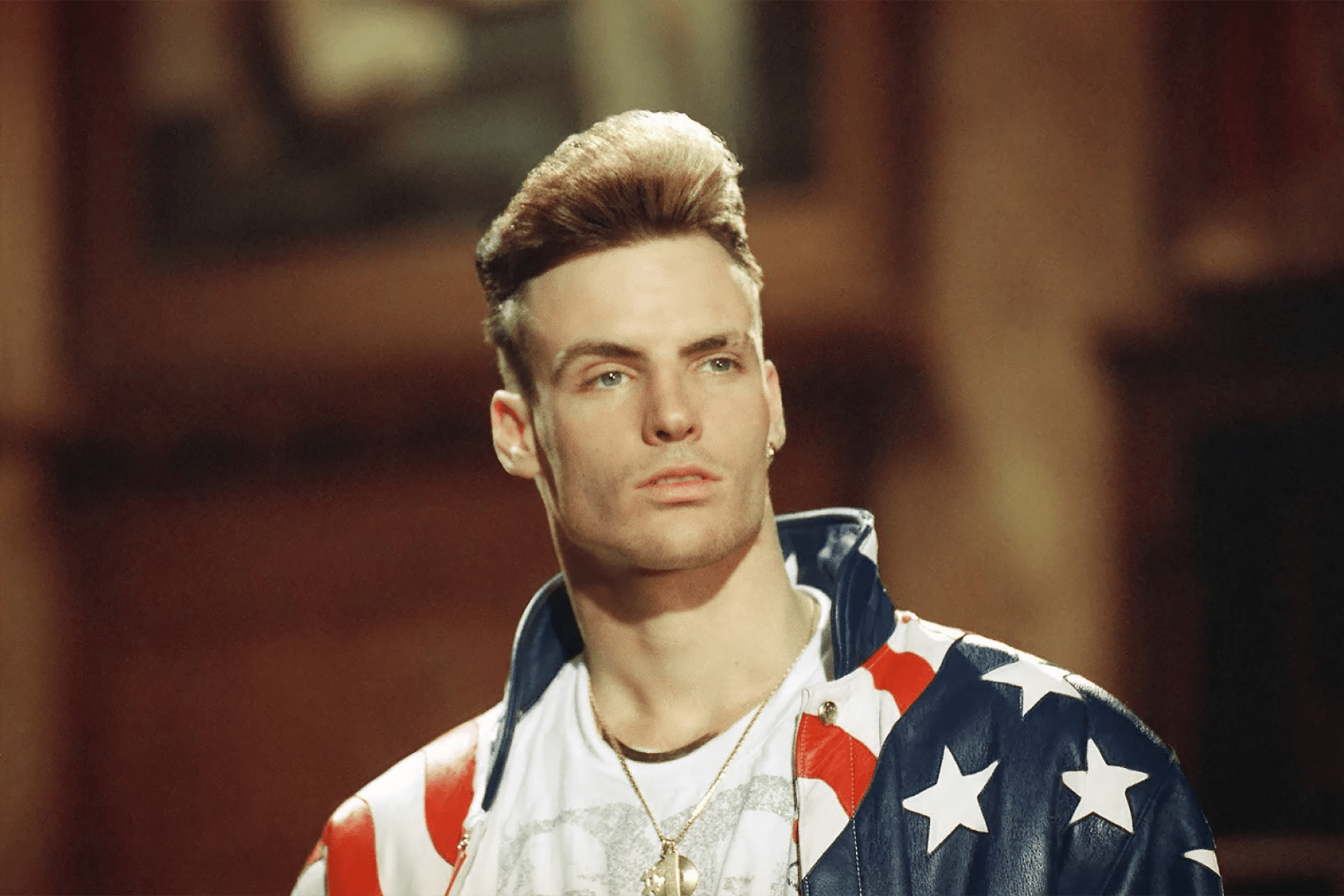Journal
Event
Wise wise words
Reflections on The Doing Design Festival ‘reflective practice’

Apologies if you were born after 1990.
This is Vanilla Ice.
Mr Ice is famous for…
- a royalties dispute with Queen (the irony), and more pertinently here
- three unshakeably sage words
Stop, collaborate and listen.
Fast-forward, to last week.
Folk people spent a day on Zoom, e-ttending, if you will, The Doing Design Festival.
The main thrust of the Festival’s six talks was to remind us to…
Do less doing (more irony), and…
Do more thinking.
Cue Vanilla.
By resisting simply-and-expertly-getting-on-with-‘design’, some humility and thought is in order.
Reflect vs reflex.
Below, we’ve captured our five key take-outs from the event – for all of us to further reflect on and discuss.
It was a stimulating event and we’d like to thank This Is Doing and all the speakers involved.
Reflective practice, practice baby. (Apologies.)
1. We’re facilitators not fixers.
Designing with humility with KA McKercher
Good and meaningful change is needed in the design industry. We need to design with humility – to look at and reflect on the gaps between our intentions and our impact. Importantly, a reflective practice doesn’t happen exclusively at the end of a project. We need to think about what we’re doing while we’re doing it*. This begins with unlearning the idea that ‘designers are fixers’. We are, or should be, facilitators with a focus on working together and getting out of the way when we need to.
Read:
*The Reflective Practitioner – Donald Schön
Beyond Sticky Notes – KA McKercher
2. Make it a ritual.
Trauma informed design with Rachael Dietkus
Adopting a reflective practice is the most important thing a designer (or anyone) can do to practice trauma-informed design. Ideally done as a daily team ritual, continually reflecting on trauma-informed practice can pave the way to trauma-responsive design. This is: the ability to react quickly and respond readily by using your knowledge and understanding of trauma.
Listen:
Rachael Dietkus Exploring what it means to be trauma-informed in design – This is HCD Podcast
3. Let go.
Bringing play and compassion into work with Belina Raffy
We can work together smarter and more joyfully when we build playfulness and compassion into problem solving. Improvisation has a role to play (ha!) here – letting go so we can notice (and learn) more in the moment. Listen closely to any rant or airing of frustration. By listening closely to what someone doesn’t want, we can discover what they do care about. In that reframing, you can work together towards a brighter (happier) solution. Belina called this ‘an improvisational treasure hunt’.
Read:
Using improv to save the world (and me) – Belina Raffy
4. Chat nav.
Journey map operations with Marc Stickdorn
Journey maps can be used as management maps when approached as an information dashboard about the customer experience. This approach allows organisations to view, manage and coordinate priorities, projects, data and teams across the organisation, whilst also ensuring a holistic, integrated view of the customer experience is shared and understood by everyone involved.
Learn:
6-week Journey Map Ops course
5. Feel free to fail.
Facilitating safe space with Renatus Hoogenraad & Adam Lawrence
A safe space creates the feeling of safety, that it’s okay to fail. To build this space is not up to a single person, because what looks safe to that person might feel unsafe to another. It’s about navigating uncertainty together, setting clear boundaries and exploring freely within them. More than making it okay to fail, it’s about promoting it: don’t ask for one good idea, ask for a pile of average ones to work with. Asking for ‘great’ all the time limits a feeling of safety essential for creativity.
Listen:
Adam Lawrence Facilitation Fundamentals – This is HCD podcast
Continual reflection in design practice is critical (thinking).
The speakers made a strong case for where the future of design is heading: from where successful design has always come. By bringing compassion, dignity, play and humility into our work, we can collaborate more responsively, mindfully and meaningfully. Better Together.